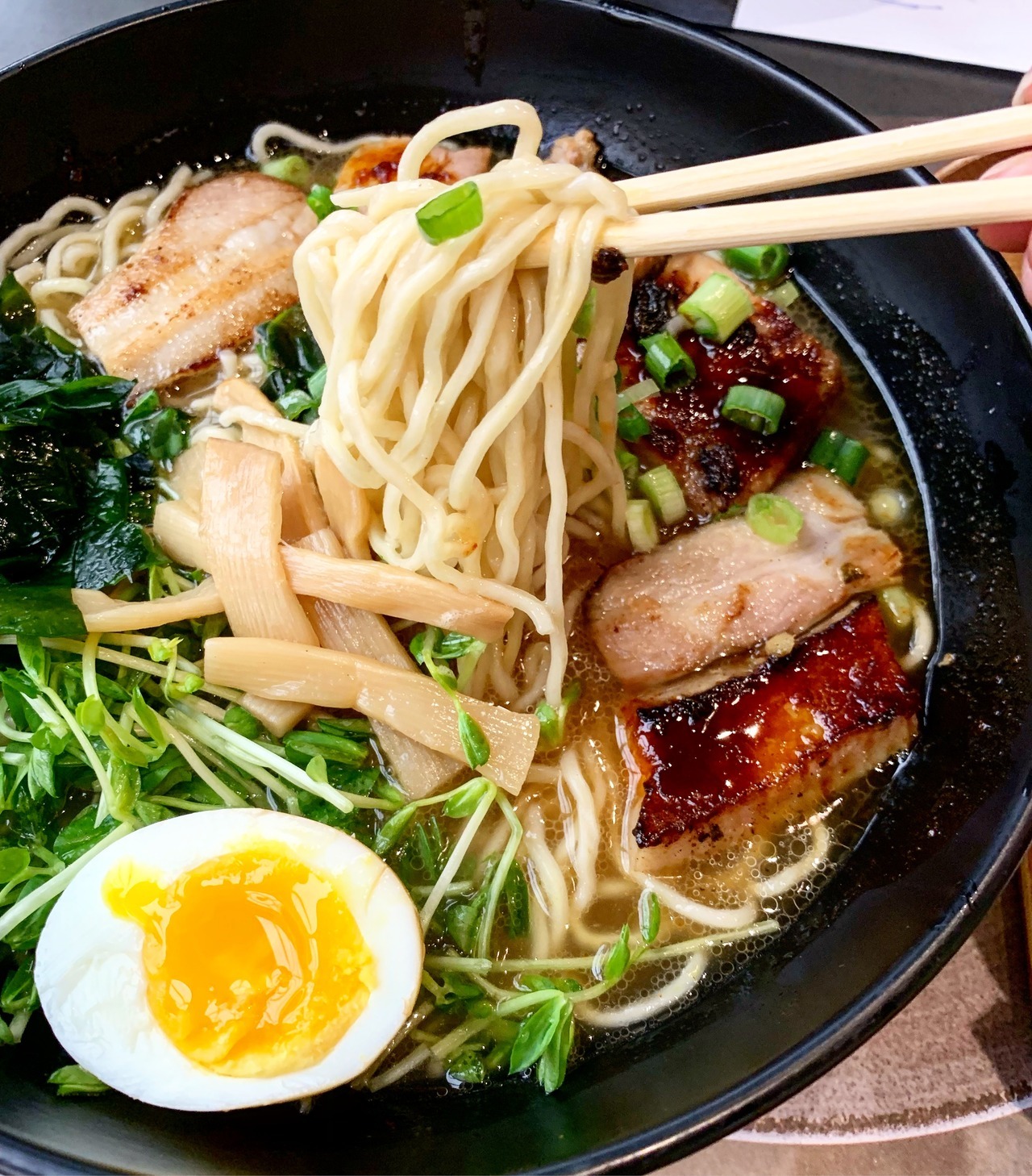The concept of human rights traditionally encompasses entitlements like life, liberty, and security of person. While access to food is unequivocally recognized as a fundamental human right, the notion of culinary food recipes as a similar entitlement might initially seem like an aberration. However, a deeper examination reveals that the preservation and accessibility of culinary knowledge are inextricably linked to cultural identity, nutritional well-being, and even community cohesion. To deny individuals or communities the right to their culinary heritage is, in essence, to diminish a vital aspect of their existence.

The Intrinsic Link Between Food and Identity
Food is far more than mere sustenance; it is a potent mnemonic, a repository of history, tradition, and collective memory. Recipes, therefore, are not just instructions for preparing a dish; they are narratives passed down through generations, embodying the stories of families, regions, and entire civilizations.
1. Preserving Cultural Prowess Through Recipes
Every culture possesses a unique gastronomic lexicon, a culinary tapestry woven from indigenous ingredients, historical influences, and ritualistic practices. A traditional recipe, whether for an elaborate ceremonial dish or a simple everyday meal, encapsulates generations of accumulated knowledge about local ecosystems, agricultural practices, and food preservation techniques. It is a living artifact, reflecting a people’s ingenuity and adaptation to their environment.
Consider the intricate preparation of a rendang in Indonesia, a dish that speaks volumes about the Minangkabau people’s patience, resourcefulness with spices, and communal spirit. Or think of the meticulous art of sushi preparation in Japan, a testament to precision and respect for ingredients. These recipes are not just about flavor; they are about identity, belonging, and the continuation of a unique cultural lineage. When these recipes are lost or become inaccessible, a part of that cultural heritage is irrevocably diminished, if not extinguished. The ability to recreate and share these dishes is a powerful act of cultural preservation, ensuring that the narratives embedded within them continue to thrive.
2. Food as a Connector: Fostering Community and Well-being
The act of cooking and sharing meals is a universal human experience that transcends linguistic and social barriers. Recipes facilitate this connection, providing a common ground for shared experiences and the forging of bonds. A family recipe can bridge generational gaps, allowing elders to transmit wisdom and younger members to embrace their roots.
Furthermore, access to traditional recipes often correlates with better nutritional outcomes. Indigenous diets, shaped by centuries of adaptation to local environments, frequently offer a balanced and nutrient-rich approach to eating. The industrialization of food production and the proliferation of processed foods have, in many instances, dislocated communities from their traditional food systems and, consequently, from healthier eating habits. The ability to access and utilize recipes that rely on local, seasonal ingredients is therefore crucial for promoting public health and food security. When communities can maintain their culinary practices, they often maintain a more resilient and sustainable food system. This autonomy over one’s food choices, guided by traditional knowledge, is a fundamental aspect of self-determination.
Threats to Culinary Heritage and the Argument for Protection
In an increasingly globalized world, culinary heritage faces various threats, ranging from cultural homogenization to corporate appropriation. The fight to preserve recipes, therefore, becomes a battle for cultural sovereignty.
1. The Erosion of Traditional Knowledge
The relentless march of modernization and the dominance of Western dietary patterns have led to the erosion of traditional food knowledge in many communities. Younger generations, often exposed to readily available processed foods and fast-food culture, may lose interest in or simply lack the opportunity to learn traditional cooking techniques and recipes from their elders. This represents a significant loss, as oral traditions and hands-on learning are often the primary modes of transmitting culinary knowledge.
Moreover, the commercialization of food can lead to a devaluation of homemade, traditional dishes. Recipes that once sustained communities are sometimes replaced by mass-produced alternatives, impacting both cultural integrity and nutritional quality. The challenge lies in re-establishing the value and relevance of traditional recipes in contemporary society, encouraging intergenerational knowledge transfer, and fostering a renewed appreciation for the provenance of food.
2. Biopiracy and the Appropriation of Culinary IP
A more insidious threat is the concept of biopiracy and the corporate appropriation of traditional culinary knowledge. This occurs when corporations or individuals patent or commercialize traditional recipes, ingredients, or cooking methods without proper recognition or compensation to the originating communities. This act of expropriation not only denies these communities the economic benefits of their heritage but also strips them of control over their cultural narratives.
For instance, if a specific traditional spice blend or an ancient fermented food recipe, developed over centuries by an indigenous community, is patented by a multinational corporation, it fundamentally undermines the rights of that community to their own intellectual and cultural property. This raises profound ethical questions about ownership and the commodification of cultural practices. Protecting culinary recipes as a fundamental human right would entail recognizing communal intellectual property rights, ensuring fair benefit-sharing, and preventing the exploitation of vulnerable communities’ gastronomic heritage.
In conclusion, while “culinary food recipes” may not be explicitly listed in international human rights declarations, their intrinsic connection to identity, health, and community life positions them as an indispensable component of cultural rights. Advocating for the protection and accessibility of culinary heritage is a powerful way to empower communities, preserve diverse cultural expressions, and ensure that the profound human connection forged through food continues to enrich lives for generations to come. Is it not time we recognize this vital dimension of human well-being?